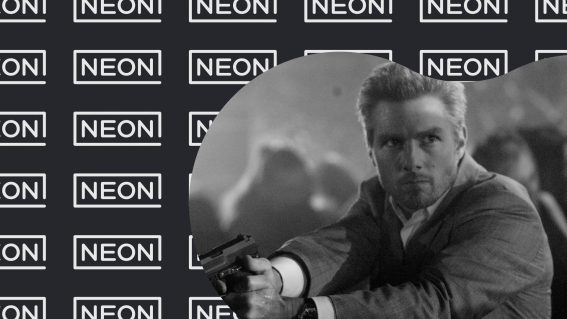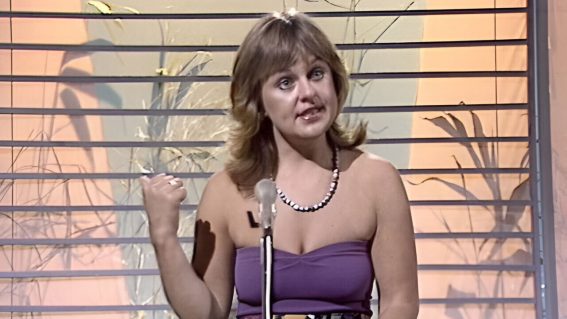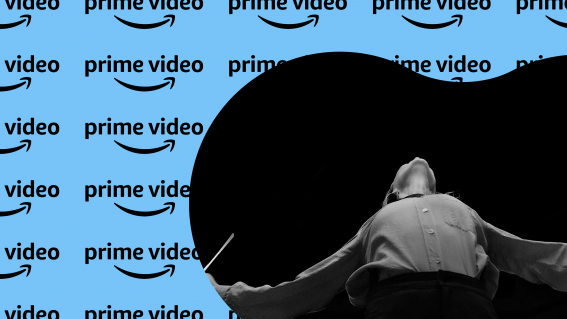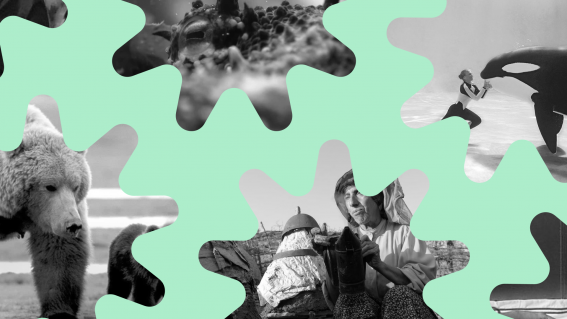Interview: Platinum Dunes talk ‘TMNT’
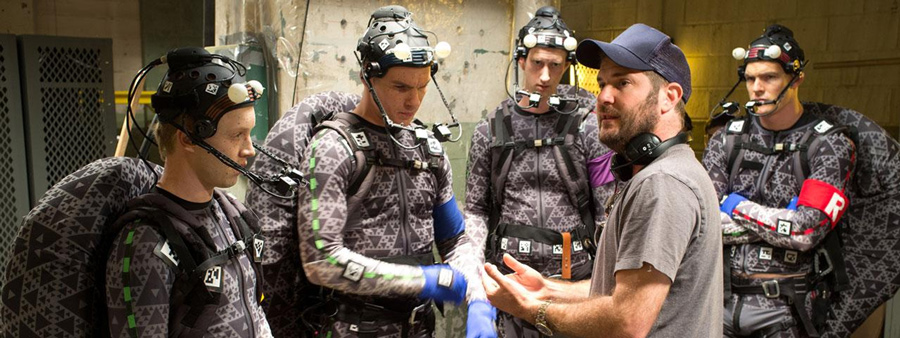
Having made a bunch of horror films, including some high-profile remakes, Michael Bay’s production company Platinum Dunes has now turned its attention to mega-budget family fare with Teenage Mutant Ninja Turtles. Ahead of the heroes on the half shell hitting screens, we spoke with Platinum Dunes co-founders Brad Fuller and Andrew Form about the challenges of making TMNT – including how it differed from the rest of their slate of films.
FLICKS: Everything’s been going pretty well for the film so far, right? How does it meet up to your expectations at the box office?
BRAD FULLER: We never expected this. It’s been an unbelievable journey. We’ve been on the movie for four and a half years, so we can’t believe the response the movie is getting. It’s so amazing.
There are so many different demographics that can connect to it in a particular way. Some people will have fond memories of the comic books or the cartoon series, and others the more recent incarnations.
BRAD : Yeah, then you’ve got all the people that grew up on the movies. So I guess it’s four different demographics now that are all turtle fans, specially these brand new ones from the new Nickelodeon cartoon that two years ago were introduced to the turtles.
It’s quite a different challenge for you guys because obviously the Platinum Dunes slate has a lot of remake, reboot material. I’d say that probably few of the titles have anywhere near the complexity of all the different predecessors that you have in this instance.
BRAD : That’s always been the challenge in making this movie, because it’s impossible to satisfy all those different quadrants. At the end of the day we decided that what we really wanted to do was take the basis of what Kevin Eastman and Peter Laird came up with with their turtles, and make a really enjoyable fun family movie. That was our main goal.
I think that’s a totally sensible approach. One of the things that’s an advantage in a way is that, unlike having one feature film before it, no one’s necessarily right about what the characters are.
ANDREW FORM: You can’t satisfy everyone. Some of the people you don’t satisfy – they can be very loud at times.
Sure, sure. “Look, whose movie is this anyway?”
BRAD : Right. That was the question we were always asking ourselves. At the end of the day, what we’ve learned is that it’s a family movie. Anyone who wants to go in the theatre and have a lot of fun.
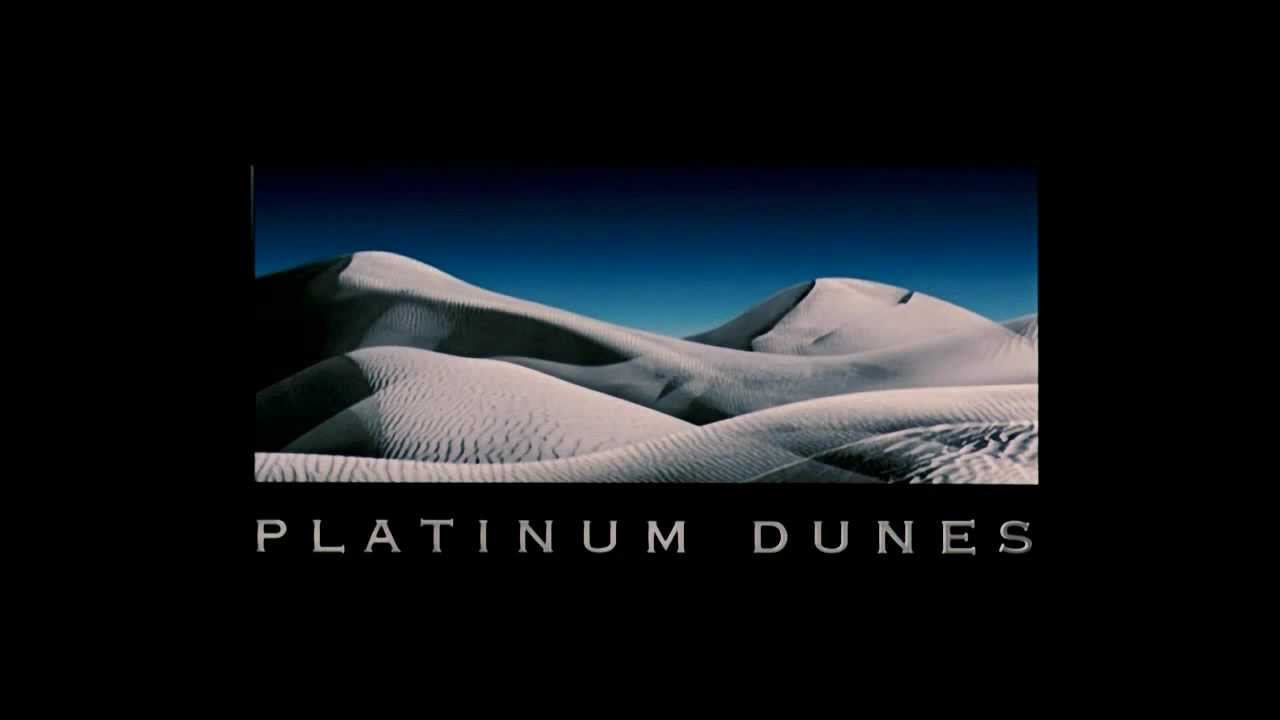
Looking at the filmography of Platinum Dunes, this also sticks out like a sore thumb in terms of its family orientation. Had you been wanting to get around to something with a different audience for a while? Or was it just because the opportunity to do this film came up?
BRAD: Listen, when we started the company, the intention was not to be a horror company. It just kind of worked out that way. The Texas Chainsaw Massacre was the first movie and then we rolled right into The Amityville Horror, and then next thing you know, five movies later we had done five horror films. But we always wanted to do just very entertaining commercial movies. Our overall deal is with Paramount Pictures, and when Viacom bought the rights for Turtles — well, I had grown up loving these comic books. These characters were timeless, and because of the technology with Planet of the Apes and Lord of the Rings, and Michael had directed all of the Transformers movies, we thought this was the best movie for us to reboot, update, however you like to say it. So we went after this job in a really, really aggressive way.
What is the thing about the Ninja Turtles property that makes it connect to people so strongly?
BRAD : I think most people who love the turtles, can relate to a specific turtle. The big question that’s always asked is, “who’s your favourite turtle?” It seems that everyone who is a turtle fan has a favourite turtle. And the characters are timeless, and the overall themes of family and brotherhood are also timeless. These were created in 1984, and for the past 30 years they have survived and lived very well. The new Nickelodeon cartoon has brought in a whole new audience. We were lucky enough with the technology today to bring the turtles to the screen in a totally different way.
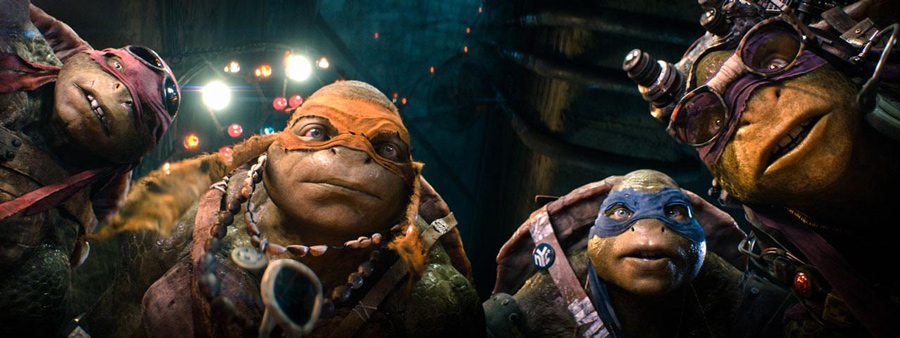
I’m not going to contradict you about the themes and what the characters are like, but my hypothesis is that the appeal starts at a much more simple place, and that’s the four words that make up the title.
BRAD: You mean the absurdity of “Teenage Mutant Ninja Turtles“?
Totally. It’s an idea that, I think when you hear it for the first time, or when a child hears it for the first time, that’s everything you need to know, isn’t it?
BRAD Listen, that’s why they were created, because Eastman and Laird were sitting around in their apartment living room, and they were like, “God, every superhero has a back story,” and this and that. “What if we just get these teenagers, and they’re mutants,” and they came up with the most absurd thing and it caught on. I don’t disagree with you on that at all. That’s why they caught fire back in 1984.
I guess at that time, comic book heroes were treated with more reverence than we became used to in the ’90s. It was one of the earliest things to take the mickey out of commercial comics.
BRAD: It seems like today is another era where superhero movies are so big and important, especially in America, it’s such an important component of the domestic box office. When something a little bit different comes along where they’re irreverent and having fun, it feels fresh even though it’s 30 years old. It feels a bit different.
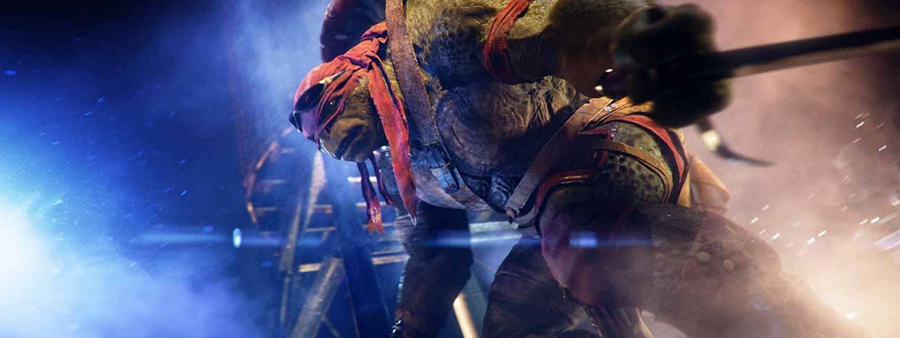
For you guys as producers, obviously the stakes and the scope of this film are much so bigger than anything that’s come through Platinum Dunes before. Was it nerve-racking for the budget to be 10 times bigger than a lot of the pictures that you’ve made?
BRAD: For me it was exciting. The shooting schedule is probably as twice as long as we were used to. That was a big change. We shot the whole movie in New York City. That drove the budget up a little bit. One of the biggest parts of the movie was the visual effects. Working with ILM gave us great comfort on this movie. We wanted it.
ANDREW: Let me say that my partner is always the optimist. I was very concerned. If we blew this, we wouldn’t get another chance…
BRAD: Well, we say that on every job. Right.
ANDREW: But when we started this movie my hair was brown, now it is fully grey [laughter]
BRAD: Not kidding.
ANDREW: I’m telling you. There’s Yin and Yang on the phone here.
It’s obviously a good basis for a working partnership for you guys, if that’s what the day-to-day’s like.
BRAD: The movie is 14 years. It’s been unbelievable.
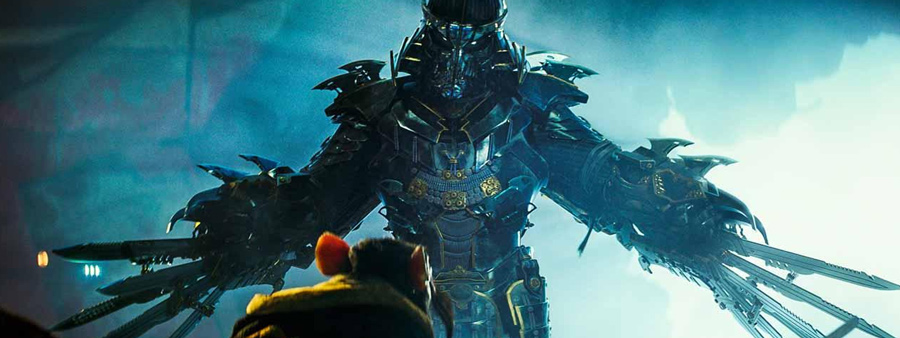
This is the beginning of at least two films, and that would have been the plan, I guess, from quite early on, but I guess it must be a real relief to see that box office tick over to the point where you have certainty that there’s going to be another one in a couple of years’ time.
BRAD: Yeah, you never know what’s going to happen. We’ve all seen movies that everyone has thought were going to be huge hits and they were all talking about the sequels, they’ve commissioned scripts, and the movies come out and they just don’t work. You never know. The week before, you don’t know.
ANDREW: And inversely, on this movie, there was so much press about all the movies that were going to do well in the summer, and how bad the summer was ending up. No one ever expects any movies to do well in August in America, so every morning was like a new surprise to us when the numbers started coming in, and it continues to be.
There are so many things that can possibly go wrong between the actual production of the film and it finding its audience.
BRAD: Yes.
Was a major risk that you guys saw – were you worried that something might not work or might not connect?
ANDREW: The risk is if we would have missed on the tone. If we would have made it too dark, or whatever. If the tone was totally off, that would have been a huge disaster. That’s one of the most gratifying things about the film. We’re speaking to you from Sydney, but we’ve seen the film play in Mexico City, and in Korea, and when you go and watch the movies in those places, audiences kind of laugh in the exact same places. We’re all wired in a similar way, even though culturally we’re all different. People laugh, and that’s a very gratifying thing. We would have never known if that worked or not until the movie came out.
BRAD: I think the other risk is always– you go to New York and you shoot your movie over three or four months of time, and you edit your movie together and you look at a cut of a movie, it does not have one turtle shot in it for four or five months. And you’re just waiting, you’re just waiting for ILM to turn over the shots so you can get rid of the guys in the motion captures suits and see, “Okay, now it’s Megan with these turtles instead of Megan with the four guys.” And that’s daunting.
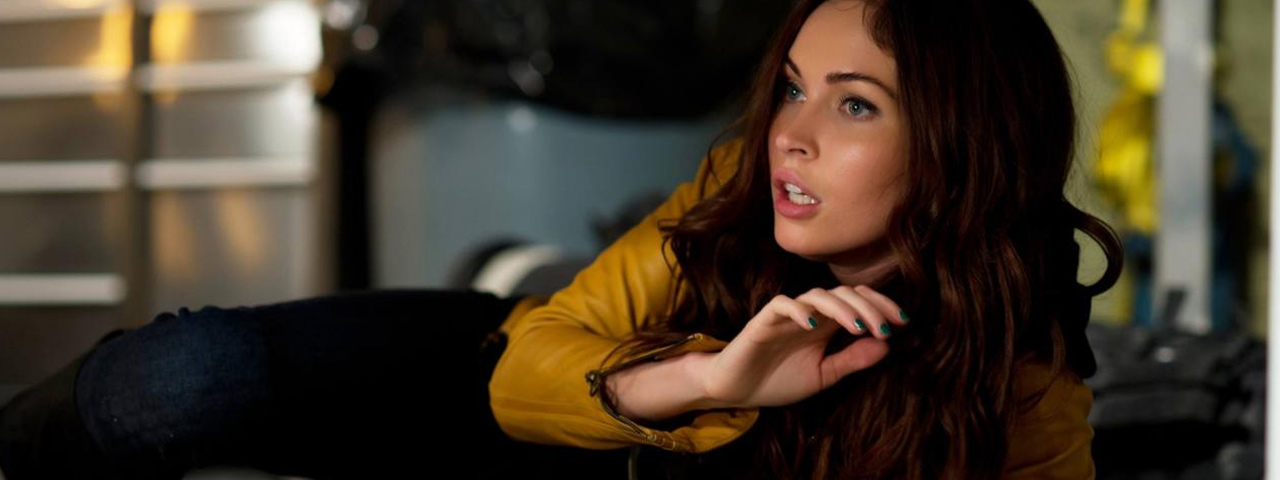
I bet. I imagine you must have had to look at a billion different concepts of the turtles themselves on the path to getting it right.
ANDREW: Correct. Yeah, we did, that was a big job. But that was all done way before we’re starting shooting. We knew what the turtles were going to look like.
BRAD: We had the statues on set, so everyone knew what the turtles were going to look like. We just had no idea how they were going to look in the movie.
Sure.
ANDREW: You know, in 3D.
It’s a very slim margin for error with those characters because you’re getting quite close to uncanny valley territory with the way they look. There’s a lot of risk attached to it.
BRAD: Yes. We felt that– or, I did, Andrew didn’t.
ANDREW: Any time a image is released. You feel it. We really do. You feel it.
‘Teenage Mutant Ninja Turtles’ Movie Times (also in 3D)



